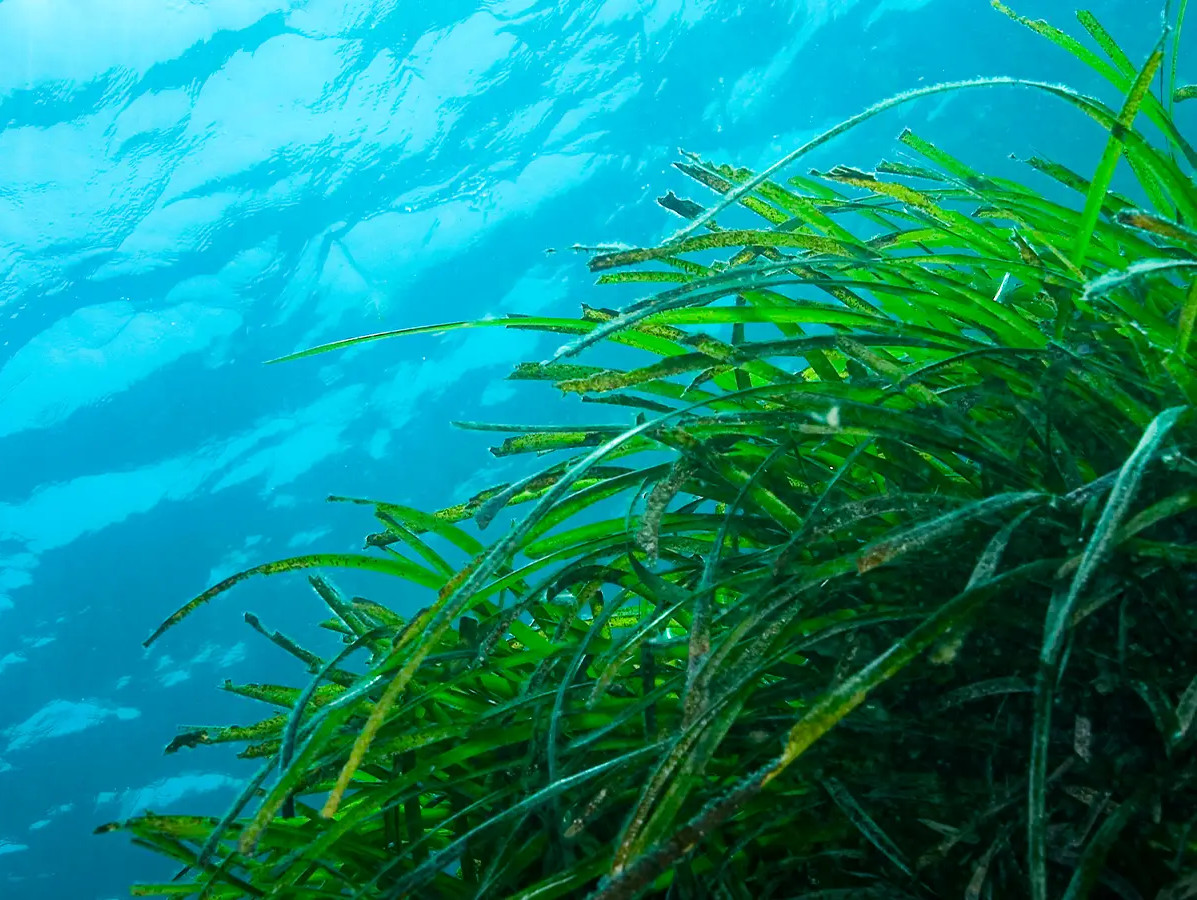
As sea levels continue to rise, agricultural land across the globe is coming under pressure. But where land disappears, a new type of crop could take root: seagrass. Environmental scientist Marieke van Katwijk sees potential in this saltwater cultivation.
“The seeds of seagrass have been used for centuries to make bread by certain Mexican communities,” Van Katwijk says in the scientific journal Ambio. She refers to the species Zostera marina, which she says tastes good. “A bit like rye, and its nutritional value is solid.”
According to Van Katwijk, there are areas around the world where seawater will increasingly become a permanent part of the landscape. These zones could be used for growing seagrass grain. “The Netherlands is exceptionally well positioned to take seagrass farming seriously, thanks to our expertise in hydraulic engineering and seed breeding — two technologies that are essential to creating future grain fields in seascapes.”
Van Katwijk points out several advantages: “It will also create a rich habitat for other organisms like juvenile fish and invertebrates, much like coral reefs do. What’s more, the leaves, which detach naturally at the end of the growing season, could be used for things like insulation material.”
This type of farming doesn’t require fertilisers, pesticides, or fresh water. Nor does it produce CO₂ emissions — quite the opposite: seagrass is known for storing carbon in the soil and helping to purify water.
“Seagrass bread cultivation should never come at the expense of protecting and restoring wild seagrass meadows,” Van Katwijk stresses. “But you could apply the same new cultivation techniques to grow wild variants for restoration projects. Those are badly needed as well.”
She also points to the hurdles that lie ahead. “How will we shape a new investment model and regulation around it? That’s something we need to start thinking about now. Technologically, there’s still progress to be made: seed production is still very low in most parts of the world. We also don’t yet know how to scale it up — but that’s something we’re actively working on, both in the Netherlands and elsewhere.”
Source: Radboud Universiteit